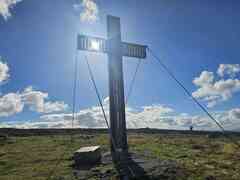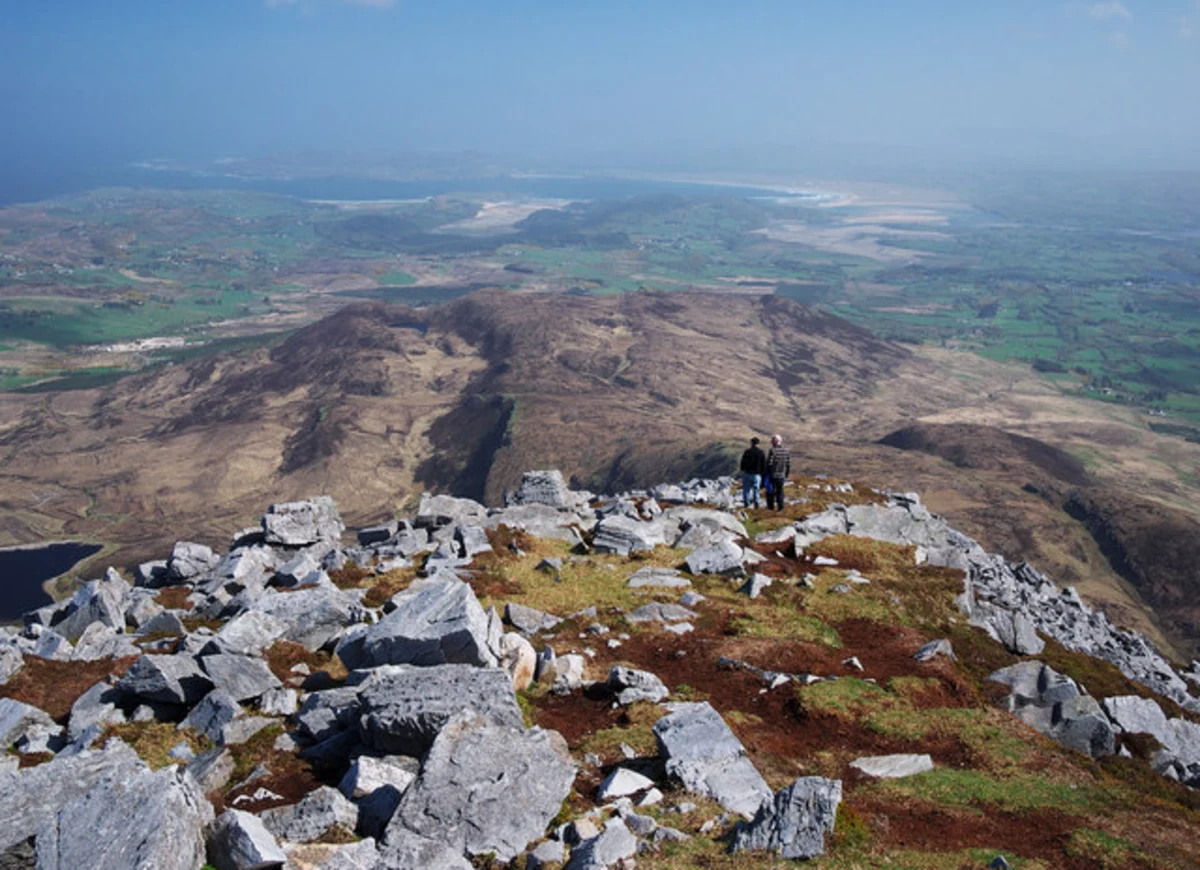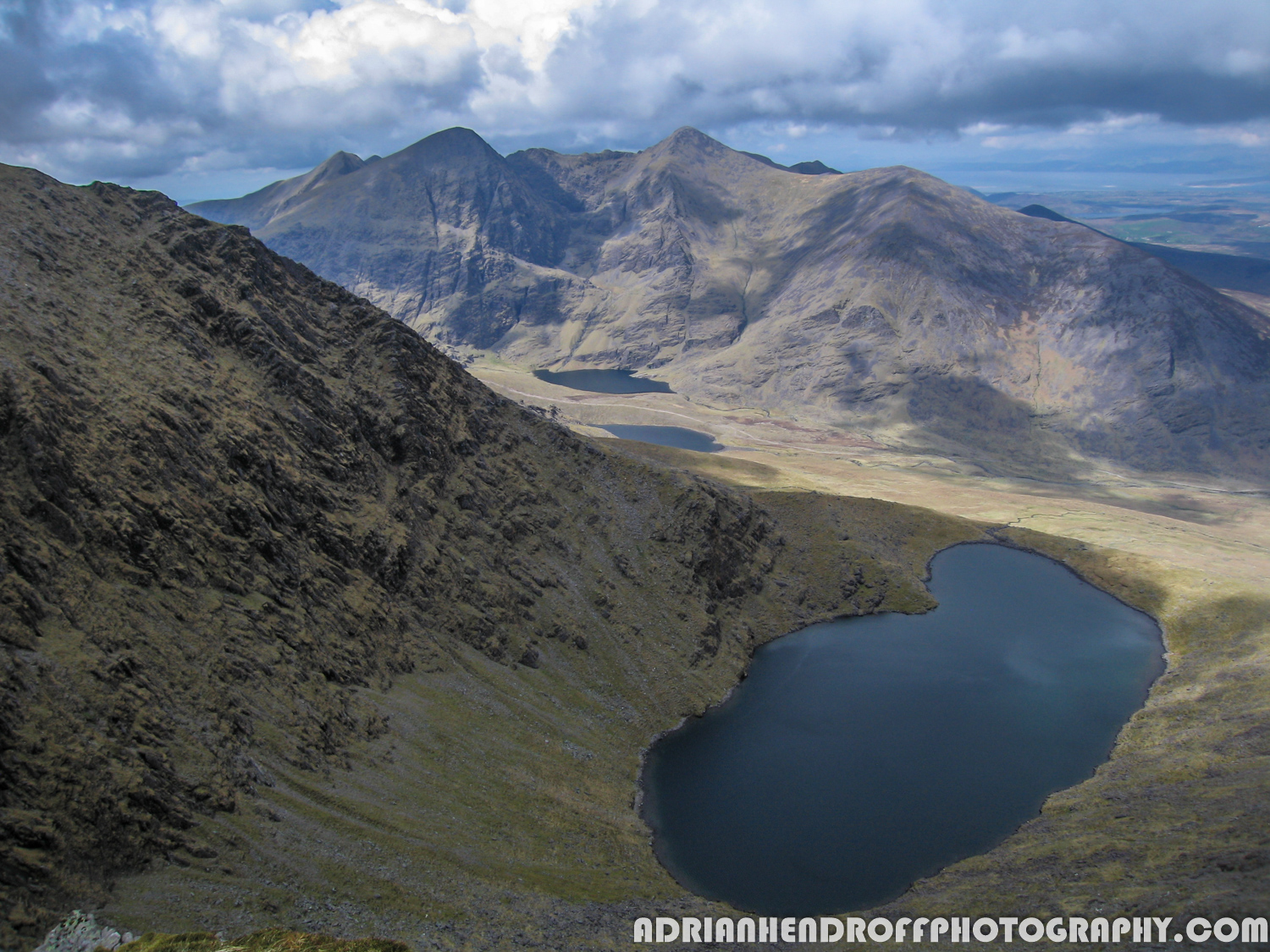Best extra difficult hiking trails in Ireland
Only the bravest need apply! These extra-difficult trails are not for the faint of heart...
Here are some great trails to explore in Ireland.
Most popular trails
Reviews for hiking trails in Ireland

Declan · reviewed over 2 years ago
Loads of scree and shale for the last 150m to the top. Dangerous underfoot. Most of the white markers are missing and cloud came in and discretion the better part of valour we turned back. Try again another day.

Eimear · reviewed about 2 months ago
A very challenging hike. Even the best of gaiters and waterproof gear could not keep your legs dry in this bog. For most of the hike there is no definite trail to follow so having the Hiiker app to navigate really helped. Definitely one for experienced hikers and good weather. Involves riveen crossing and some scrambling so good boots are essential.

Mikey · reviewed over 1 year ago
This trail is not for the light hearted and inexperienced!! Do not do this if you have little experience hiking in difficult terrain!! Prepare for class 4 scrambling slippy conditions around massive drops and unforgiving grades. Very beautiful and extremely challenging. Highly recommend against the final stretch from knockbrack to diamond hill. It’s a straight 450m drop down steep grass/marshland, so difficult to find footing. It leaves you at a river crossing below a, steeper 470m climb up thick and unforgiving moss to the top of diamond hill. You’d be better off heading down towards kylemore abbey and getting a ride to the diamond peak trailhead. If you have the energy! Total time was about 9 hours. Best of luck

Chris O'Reilly · reviewed over 4 years ago
Very tough walk from the start to the end completed with myv12 year old son stated out damp/drizzle cloudy day would recommend propper foot wear and clothing and walking sticks

Hike2explore · reviewed about 1 month ago
This is very difficult trail. Estimated time for return trek on Hiiker is 4h27min which in my opinion possible if you are trail runner. please be prepared for very stip up hike with some cliff edge points and take weather conditions seriously as its not so easy too navigate on this mountain. For average person to do this hike in good condition would take 6h.
Frequently asked questions

Autumn (September to November) brings cooler temperatures and an increase in rainfall. However, it can be a beautiful time to hike in Ireland, as the landscapes transform with vibrant autumn colors. The weather can be unpredictable, so check forecasts and plan accordingly. Spring (March to May) offers similar conditions, with cool temperatures and occasional showers. It's a quieter time to explore the trails, and you can witness the country's lush vegetation come to life.
Winter (December to February) can be challenging for hikers due to shorter daylight hours, colder temperatures, and more frequent rain. However, some enthusiasts still enjoy winter hiking in Ireland, taking advantage of fewer crowds and the unique beauty of frost-covered landscapes. Safety is paramount during this season, so ensure you have appropriate gear and check local conditions before embarking on your adventure.
For more detailed climate information and to plan your hiking trips accordingly, you can visit Met Éireann, Ireland's National Meteorological Service: https://www.met.ie/
Remember to always prioritize safety and be prepared for changes in weather conditions, regardless of the season.




To learn more about Ireland's flora and identify specific species, resources like the National Biodiversity Data Centre provide valuable information and interactive guides: https://biodiversityireland.ie. Remember to respect and protect the natural environment by not picking or damaging any plants you encounter during your hikes, ensuring that future hikers can appreciate Ireland's diverse flora.

Related articles
More trails in Ireland
by difficulty
by type












